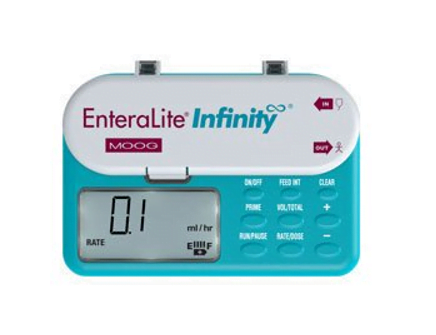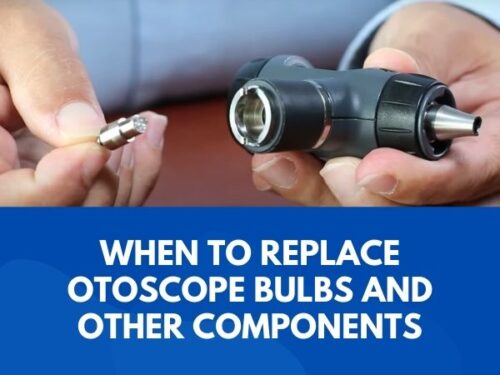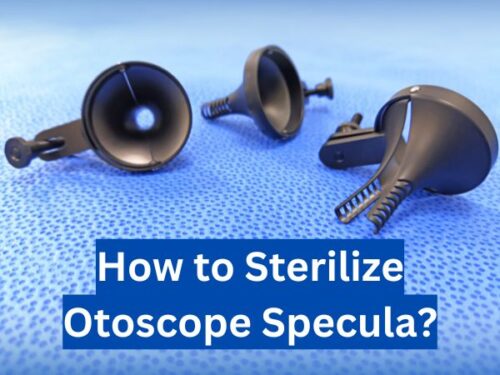The food that we eat provides us with the essential nutrients and nourishment that our body needs to function properly. These nutrients help to keep the body in perfect form and also help in the healing process if someone becomes ill. But sometimes, the patient becomes unable to eat or drink naturally. It can be because of many problems including difficulty in swallowing food. In these cases, feeding pumps are used to provide nutrients to those patients who are unable to take these naturally. In the past, hospitals and clinics used IVs to feed such patients but recently the use of feeding pumps to provide nutrients to the patients is increasing. These feeding pumps are really helpful in providing essential vitamins, nutrients, amino acids, elements, probiotics, and nourishment which is essential for the recovery of the patient. Today in this article we are going to discuss feeding pumps and their types.
What is a feeding pump?

Infinity feeding pump
Feeding pumps are medical devices that are used to deliver essential nutrients to such patients who cannot get these nutrients naturally by eating food. These feeding pumps are highly important as they can help to provide all the things the patient needs until he can swallow properly and take these things naturally. Feeding pumps use tubes that are inserted into a nostril, into the throat, down the esophagus, and into the stomach. Apart from nutrients, the feeding pumps can also help to deliver medications and antibiotics to the patient. It can also help to make sure that the patient stays hydrated.
Types of feeding pumps
Feeding pumps are classified according to the type of feeding. These pumps can provide feeding for a specific duration or even for continuous twenty-four hours. Feeding pumps have two basic types which are explained below.
-
Cycled feeding
Cycled feeding is the type of feeding pump when tube feedings run for a part of the day. The duration of this feeding is less than twenty-four hours.
-
Continuous feeding
In continuous feeding, the tube feedings run continuously for twenty-four hours. This means that nutrition is provided continuously for twenty-four hours with the help of a feeding bag.
Types of feedings given through feeding pumps
Two types of feedings can be given with the help of feeding pumps. These types are as follows.
-
Enteral nutrition
Enteral feeding means the delivery of food or nutrients through the gastrointestinal (GI) tract which includes the mouth, esophagus, stomach, and, intestines. This type of feeding is given to patients who have a medical problem or injury due to which they cannot take their food and nutrients naturally. For this type of feeding, the gastrointestinal (GI) tract of the patient must be able to function properly.
With the help of this feeding, such patients can get the required nutrition with the help of feeding pumps till they can eat naturally. Enteral feeding can be used for patients who suffered from a stroke, cancer, critical injury, neurological or movement disorders, gastrointestinal (GI) tract dysfunction or disease, or any serious illness.

-
Parenteral feeding
Parenteral feeding means that nutrition goes through a person’s veins. This type of feeding is used when a patient’s gastrointestinal (GI) tract is unable to function properly. A venous access device is used to provide nutrition to the patient. It is advised to avoid parenteral feeding in any way it can be avoided.
The use of enteral feeding is the best way to provide essential nutrients to the patients as it is mostly similar to the natural way of eating and also helps with immune system function. However, if a patient’s stomach or intestines are not working properly then enteral feeding cannot be used and parenteral feeding should be used to provide the patient with all the nutrients to speed up the recovery process of the patient. Patients who are suffering from cancer, Crohn’s disease, short bowel syndrome, Ischemic bowel disease, or abnormal bowel function might be given parenteral feeding.

Parenteral nutrition
Enteral vs parenteral feedings
Enteral feeding is the preferred choice of feedings for patients whose stomach and intestines are working properly. These patients are given feeding with the help of enteral feeding. However, if a patient’s stomach and intestines are not working properly, then parenteral feeding is given to the patient to provide them with nutrients.
Tube feedings at home
These feedings are given in hospitals to patients that are unable to eat on their own naturally. However, after the hospital’s stay, you might need to continue the feeding process with the help of feeding tubes and pumps. It can feel frightening at first, but most people get used to it in no time. Your doctors and nurses will explain to you the entire process of how to run the feeds before leaving the hospital and also inform you about any queries you might have. Some people, at first might have daily visits from nurses to help them run the feeding process.
Conclusion
Feeding pumps are medical devices that are used to provide essential nutrients to those patients who are unable to eat naturally on their own. These feeding pumps can help to deliver nutrients at specific hours and even continuously for twenty-four hours.
Also, the feeding can be given directly to a patient’s stomach or through the veins of the patient. Feeding pumps are used in medical settings and are extremely important for critical patients. These feeding pumps allow the delivery of essential vitamins, nutrients, amino acids, elements, probiotics, and nourishment to the patients which helps them to recover faster. Some feeding pumps also help to deliver the necessary medications to the patients.
So we can say that feeding pumps are extremely important as these can help to provide the patients with all the nutrients their bodies need to function properly and recover faster. In this way, the use of feeding pumps is highly significant and can be life-saving for critical patients who cannot eat on their own.

PhD Scholar (Pharmaceutics), MPhil (Pharmaceutics), Pharm D, B. Sc.
Uzma Zafar is a dedicated and highly motivated pharmaceutical professional currently pursuing her PhD in Pharmaceutics at the Punjab University College of Pharmacy, University of the Punjab. With a comprehensive academic and research background, Uzma has consistently excelled in her studies, securing first division throughout her educational journey.
Uzma’s passion for the pharmaceutical field is evident from her active engagement during her Doctor of Pharmacy (Pharm.D) program, where she not only mastered industrial techniques and clinical case studies but also delved into marketing strategies and management skills.


















